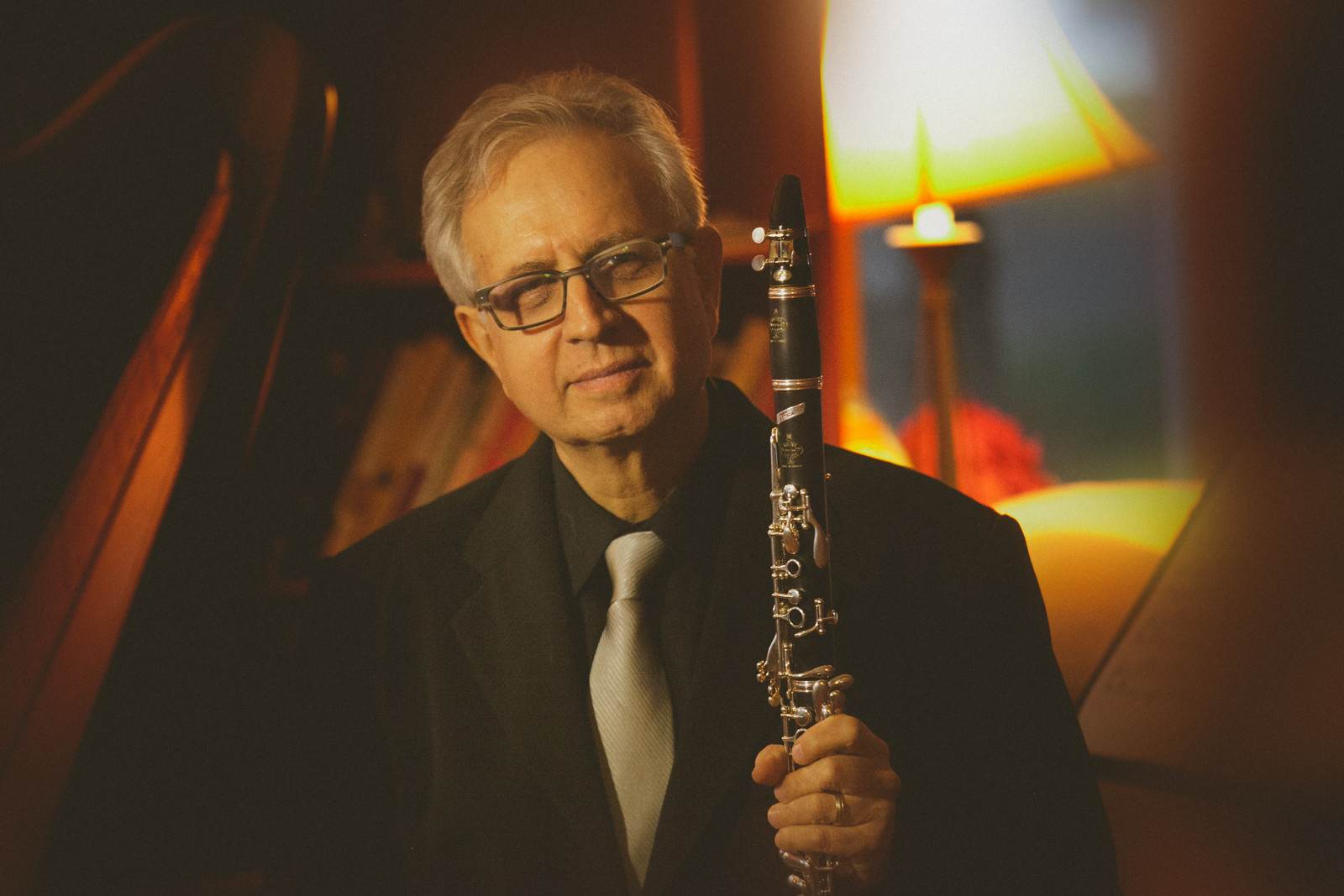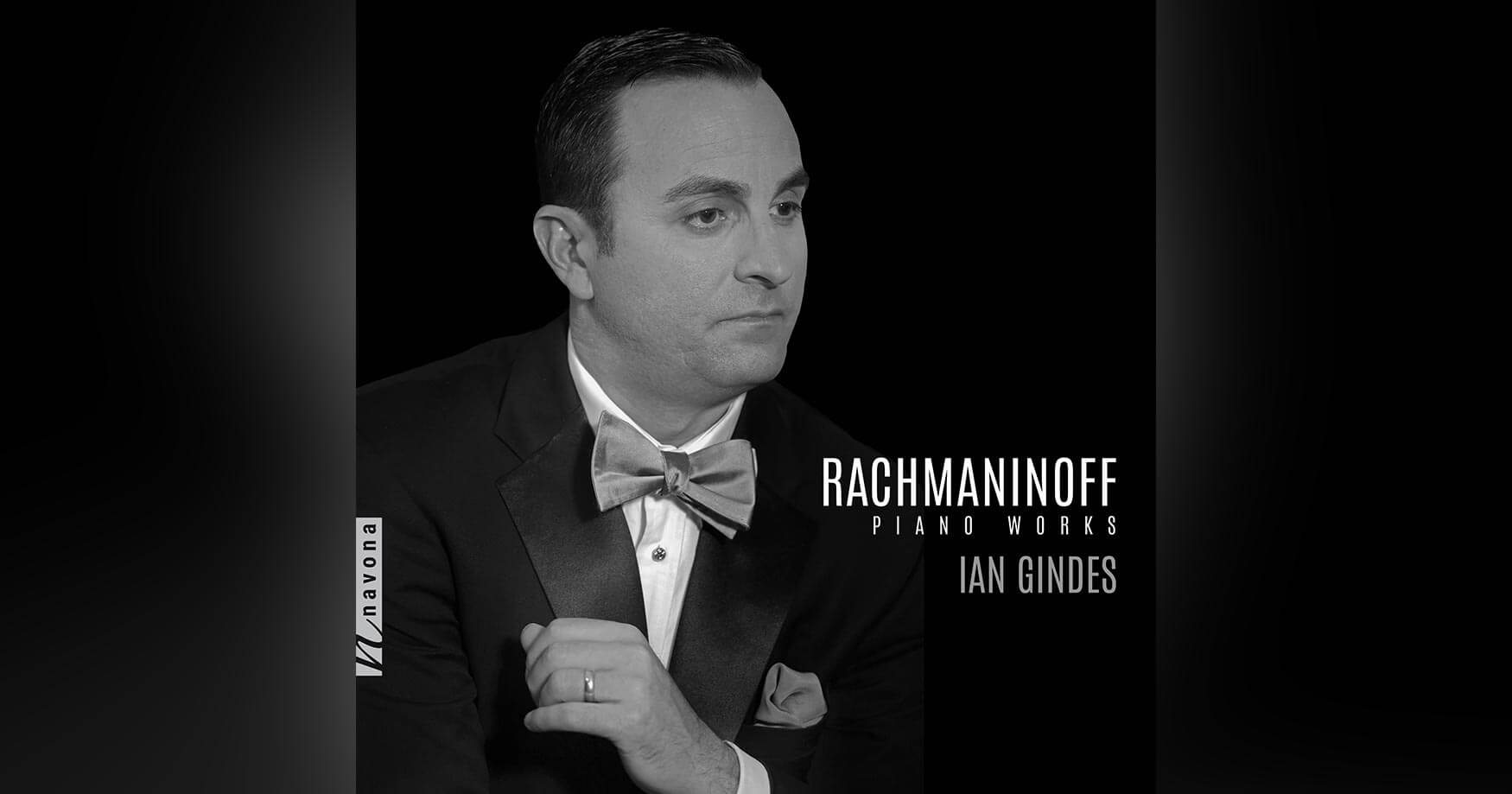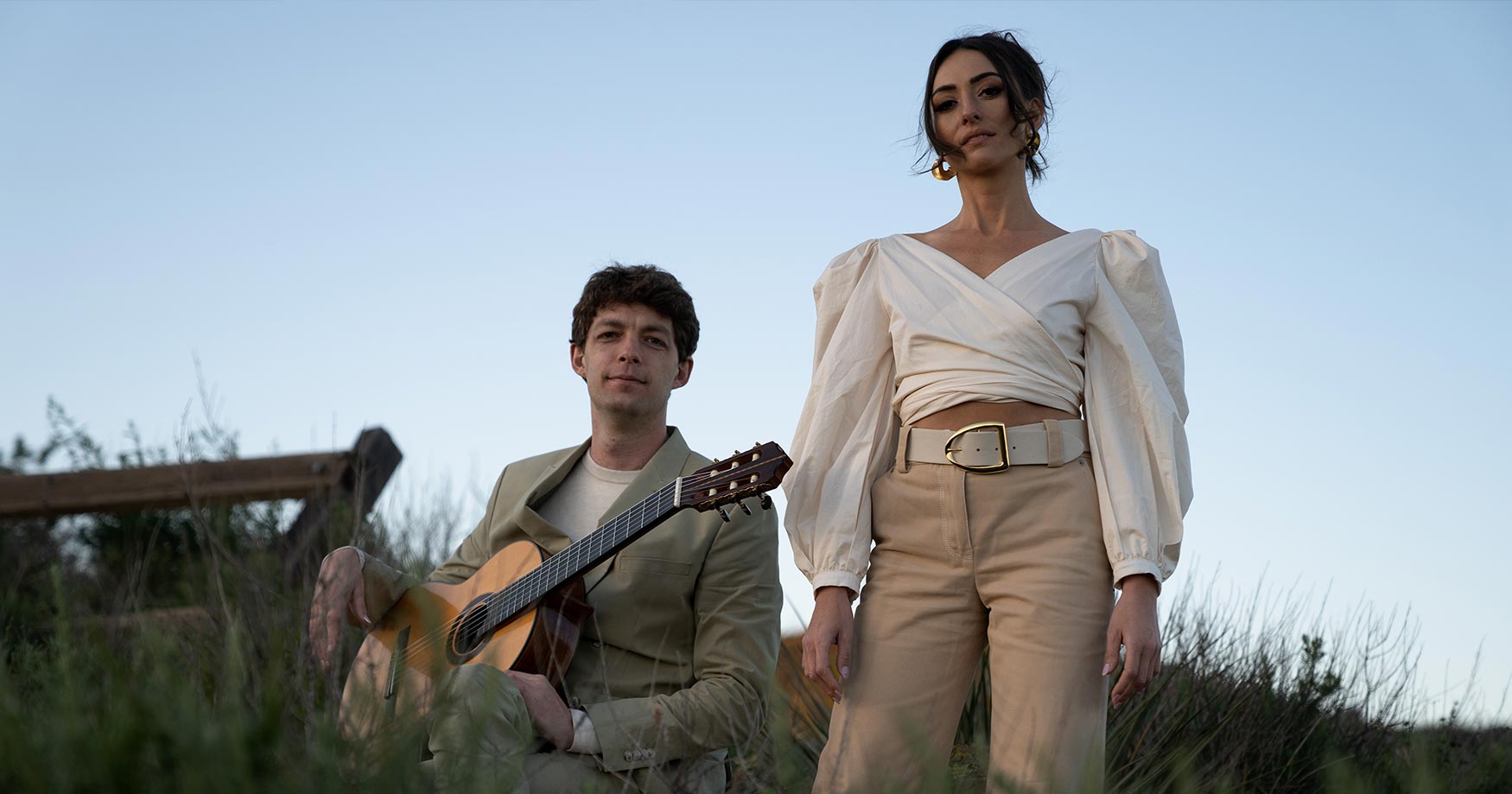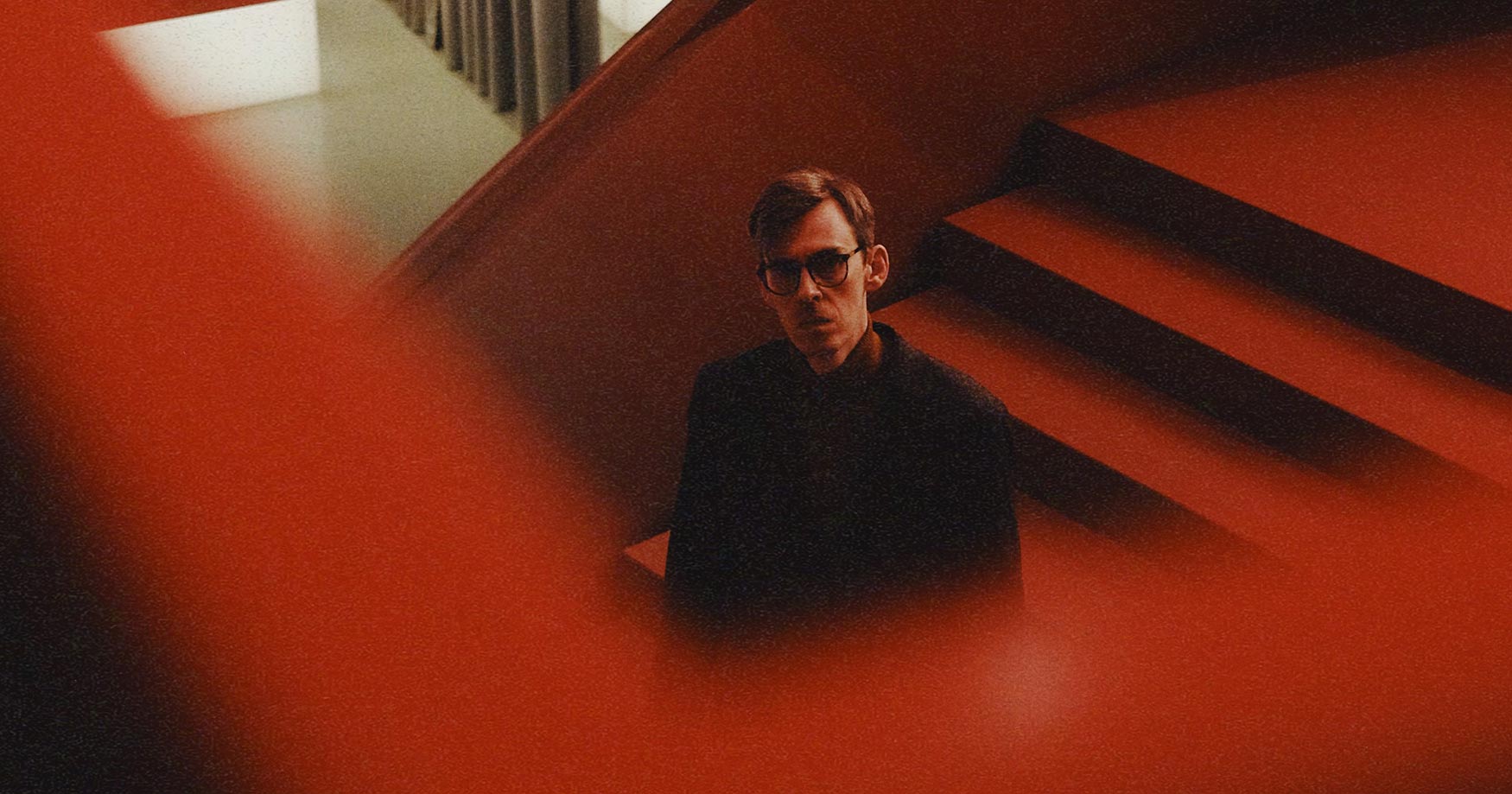Clarinetist Paul Green began his musical studies at an early age, and by age 12 he was already studying with the noted clarinet pedagogue Leon Russianoff. A year later, he was recommended to Leonard Bernstein and performed and recorded Saint-Saëns’ Carnival of the Animals in a Young People’s Concert with the New York Philharmonic. He attended Yale University, where he studied with Keith Wilson and became Principal Clarinetist of the New Haven Symphony. After receiving a BA in Theory and Composition from Yale, he continued his studies at the Juilliard School, receiving an MS degree in Performance in 1972. He has appeared as soloist with the Hartford Symphony, the New Haven Symphony, the Charlotte Philharmonic, the Yale Symphony and the MIT Orchestra.
In 1997, he was an Artistic Ambassador for the US Information Agency, performing in the Middle East and Eastern Europe, and in 2003 he was appointed to the Chamber Music America 25th Anniversary Leadership Council. In 2007, he continued his musical studies at Florida International University, receiving an MM in Jazz Performance in 2009.
Presently, he has an active musical career in classical, jazz, and klezmer music. He is a faculty member of Skidmore College, Williams College, Schenectady County Community College, and the Berkshire Music School.
Today, Paul is our featured artist in “The Inside Story,” a blog series exploring the inner workings and personalities of our artists. Read on to learn about the experience that led Paul to pursue music in earnest…
Who were your first favorite artists growing up?
Three immediately come to mind: Louis Armstrong, Jascha Heifetz, and Benny Goodman. I fell in love with Armstrong’s music when my parents bought me the album Ambassador Satch – recordings Armstrong made while on a State Department tour in the 1950’s. When I first listened to it, I couldn’t believe how great it was – the passion and excitement in his playing was something I still remember. With Heifetz, I remember the sense of awe that I felt listening to his recording of the Bruch Scottish Fantasy. To this day, I believe that he played more courageously than anyone. He took musical and technical chances that gave his playing a hair-raising, heroic quality. I have never heard it equaled. Finally, Benny Goodman was my hero on my own instrument, the clarinet. He combined blazing technical virtuosity with crackling musical excitement, and inspired me to play in more than one genre. He was a star in both jazz and classical music and was a true pioneer in opening up music to people who wanted to combine and fuse art forms.
When did you realize that you wanted to be an artist?
When I was about 16 years old, I heard a recording of the Brahms Quintet for Clarinet and Strings. While listening, a feeling came over me. I can’t really put it into words, but it was deep, powerful, and wonderful. All of the sudden I realized that I could have the same feeling playing it that I had just had listening to it. So I pulled out the music and started playing. Sure enough, the same feeling came over me! I remember thinking, “So this is what music is all about- the wonderful and profound feelings that I can’t put into words.” I knew then that this was what I wanted to be. I never lost that knowledge, even when I left music for 15 years, to become an attorney. The yearning for that “feeling” drove me back to the music profession.
If you could instantly have expertise performing one instrument, what instrument would that be?
It would be the violin. I love being a soloist, and I love the great virtuosic concertos for the instrument: Beethoven, Brahms, Mendelssohn, Tchaikovsky, and so many more. I like teamwork in music also, and playing the clarinet in groups satisfies that longing. However, if I could be a great violinist tomorrow, I would jump at the chance!
What was your favorite musical moment on the album?
Three stand out for me. First, Lisa’s Song which I dedicated to my wife, Lisa. In the opening cadenzas, I tried to capture the sense of exhilaration and freedom that I have when I’m with her. In the rest of the song, I try to capture her sweetness and stability, which have meant so much to me. Second, Joe’s Hurra which I dedicated to my friend and mentor Joe Smith. Joe, former Dean of Jazz Composition and Arranging at Berklee College of Music (and now my neighbor!), helped me through these first efforts at composition. This album could not have been produced without his guidance. Third, A Bissel Rhythm, the title track and first tune on the album, captures what I am really trying to do here: fuse Jazz and Jewish music. Loosely based on the Jazz standard “I Got Rhythm,” it nevertheless has a real “Jewish” feel to it.
What does this album mean to you personally?
My love for Jazz and Jewish music comes originally from my father. As a young man in the 1930’s he would go out of his way to hear the great Jazz pianist Art Tatum. He developed a love for Jazz, which I inherited. He also grew up in an orthodox Jewish home, where Jewish music was everywhere. His father (my grandfather) was a cantor. I believe that my father felt conflicted in his love for both genres. It was not easy back then to accept both cultures in one’s life. By combining Jazz with Jewish music I am trying to come to grips with the two conflicting poles of my father’s life. It also has meaning for me on a purely musical level. Finding “common ground” between musical forms has been a mission of mine for a long time. The question of what makes music “expressive” has also intrigued me for many years. My hope is that both Jazz and Jewish music share the common ground of “expression.” The mechanics and structure of the two genres are very different, but weaving one into the other can produce some striking contrasts and juxtapositions.
Is there a specific feeling that you would like communicated to audiences in this work?
I want audiences to be aware that that I’ve created a complex interplay between Jazz and Jewish music in this album. In Jazz, expression is obtained through the creation of musical lines. These lines are congruent with, or conflict with, the underlying chord structure of the tune. In Jewish music, expression is obtained through a passionate rendering of melodies that are already written down. Thus, Jazz is more harmonically oriented, and Jewish music is more melodically oriented. Jazz is also more overtly improvisational, Jewish music much less so. I want the audience to think about these differences as they listen. The superimposition of one style onto the other produces conflict, but the conflict becomes embedded in the musical structures I’ve created. These structures, conflicts, and all are the feeling that I want communicated to the audience.
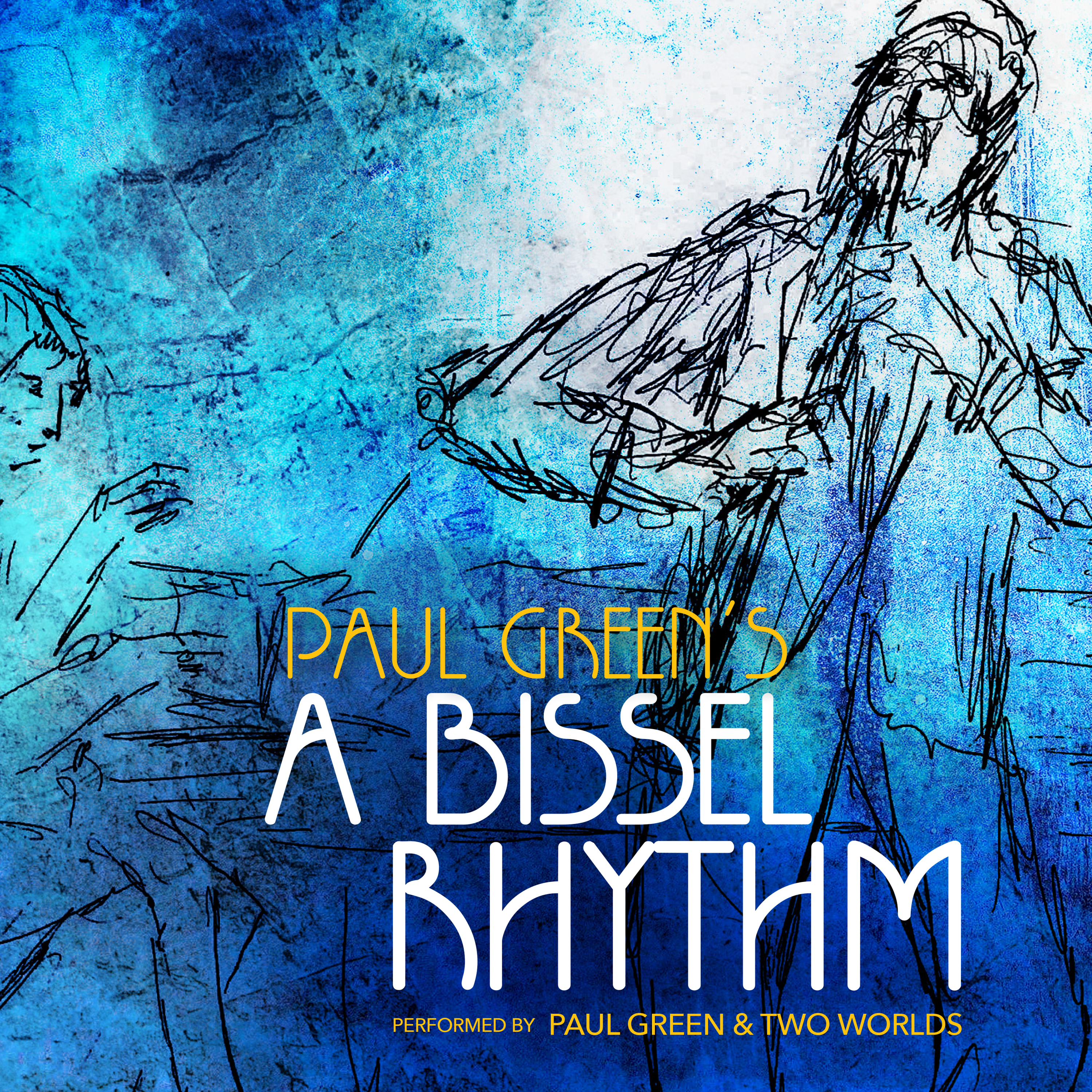
A BISSEL RHYTHM will be available for streaming or purchase through Big Round Records on February 8. Click here to pre-order.
